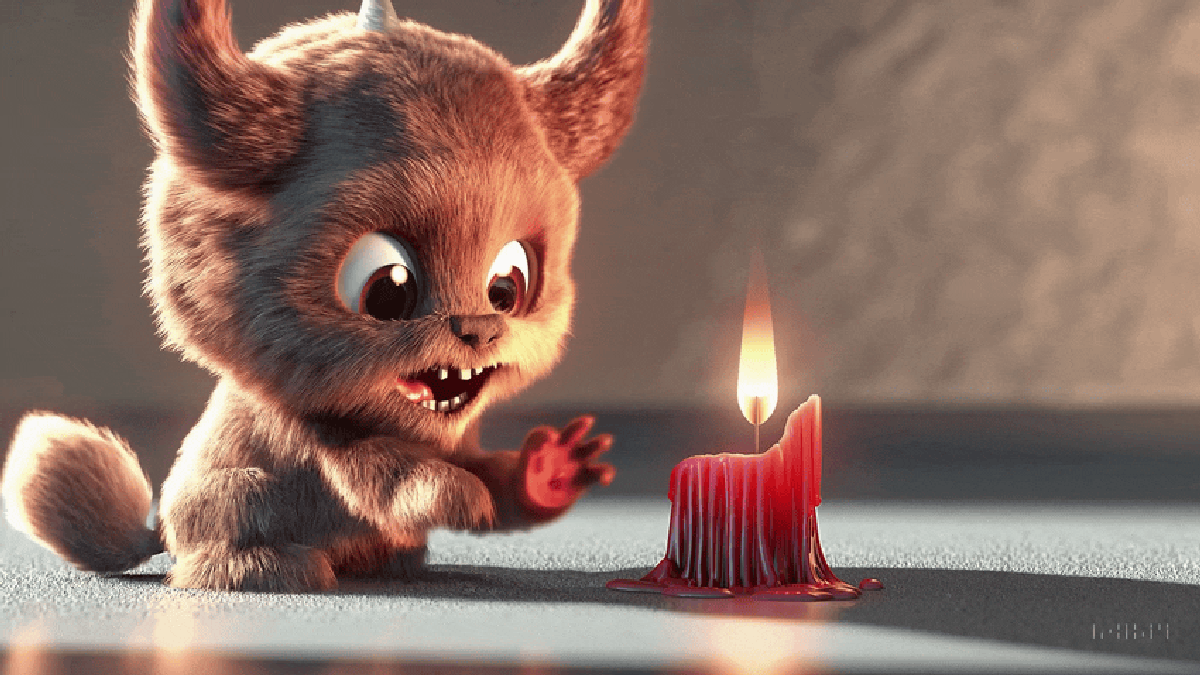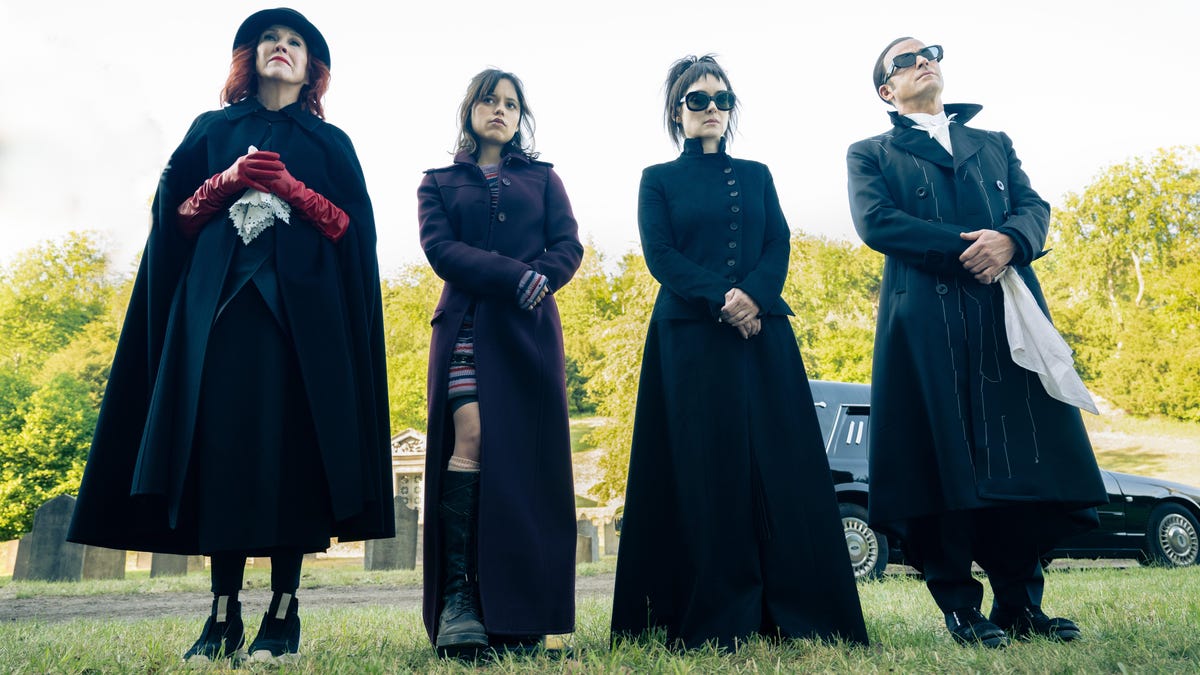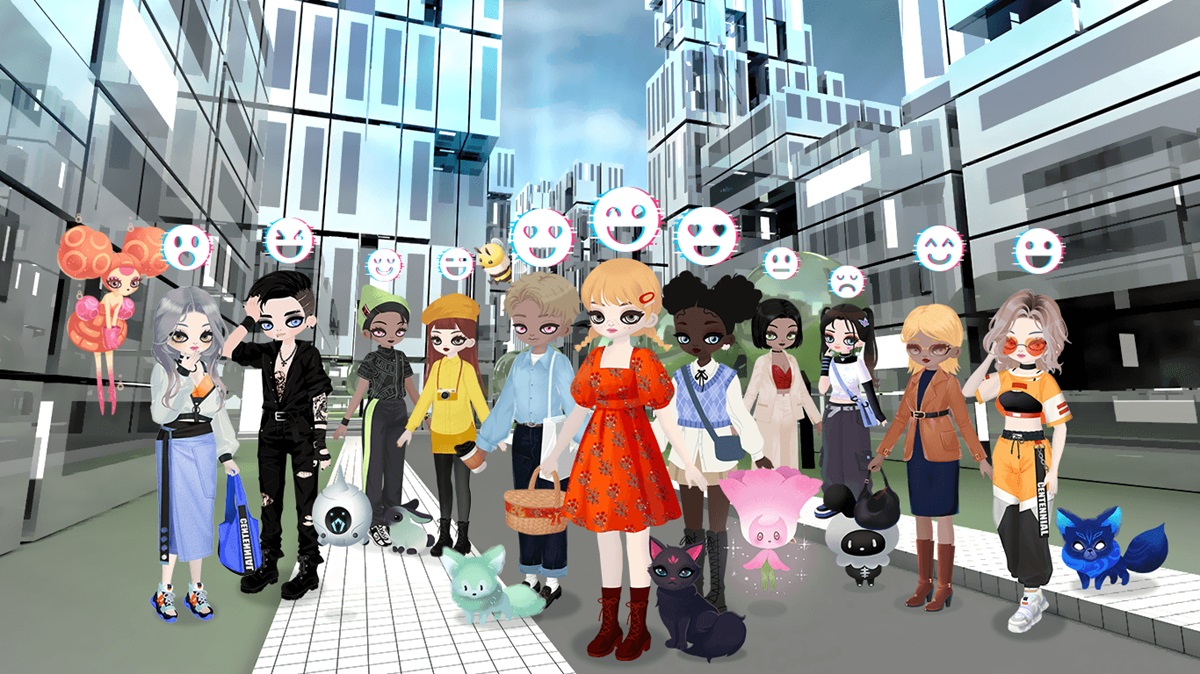The Limitations of AI-Generated Video in the Film Industry
Artificial intelligence has been lauded as an innovative technology that is poised to transform the filmmaking industry, with AI-generated video garnering significant attention. However, Craig Good, a former Pixar animator responsible for iconic films such as Toy Story and Finding Nemo, remains skeptical of the capabilities of AI in Hollywood.
Absence of Iterative Editing
Good highlights a critical flaw in current AI video software – the inability to facilitate minor adjustments essential in movie production. While AI tools enable users to create images and videos based on text prompts alone, the lack of flexibility in making iterative changes poses a substantial challenge for filmmakers.
In a video discussion with one of his students at California College of the Arts, Good emphasizes the importance of being able to revise aspects of a scene such as background elements and camera angles. The inability to implement these changes effectively impedes the iterative process integral to filmmaking.
Public Perception
AI-generated videos, particularly those created using tools like OpenAI’s Sora, have been showcased by early-access artists. While these videos demonstrate the potential of AI in generating visual content, they fall short in offering the level of customization necessary for professional film production.
One of the videos critiqued by Good features a charming animated monster captivated by a candle. While praising certain aspects of the video, Good notes the limitations in framing and animation dynamics, highlighting the challenge of achieving nuanced changes required in filmmaking.
Critical Feedback
Good’s concerns are shared by industry professionals, with anecdotal evidence indicating the frustration experienced when attempting to implement modifications using AI-generated content. A viral tweet from an art director at a major studio underscores the difficulties in requesting specific changes to AI-generated videos, resulting in impediments to collaborative filmmaking.
Despite the potential for advancements in AI technology, Good acknowledges the need for significant improvements before these tools can be effectively integrated into film production. Drawing a parallel to the early days of computer animation demonstrations, Good emphasizes the transformative potential of AI tools while underscoring the necessity for enhanced customization features.
Future Prospects
As the capabilities of AI continue to evolve, the possibility remains for significant enhancements in AI-generated video technology. Good’s reflections on the transformative nature of AI tools echo sentiments from past technological breakthroughs, hinting at the potential for innovative solutions in the future.
While the current limitations of AI-generated video may hinder its immediate application in professional filmmaking, the ongoing advancements in technology offer promising prospects for a future where directors can seamlessly incorporate AI tools while retaining the vital aspect of iterative editing essential for bringing cinematic stories to life.
Image/Photo credit: source url





